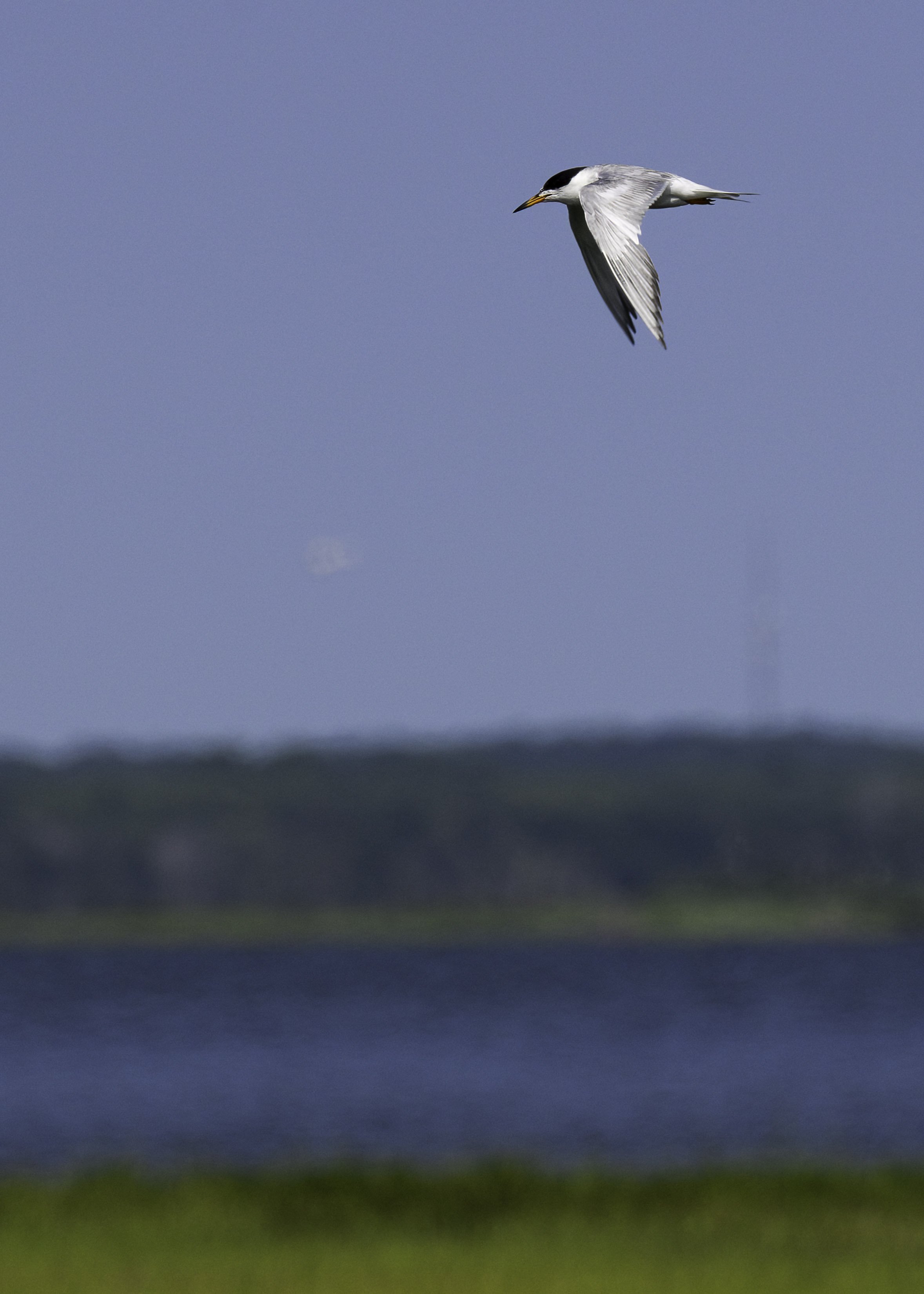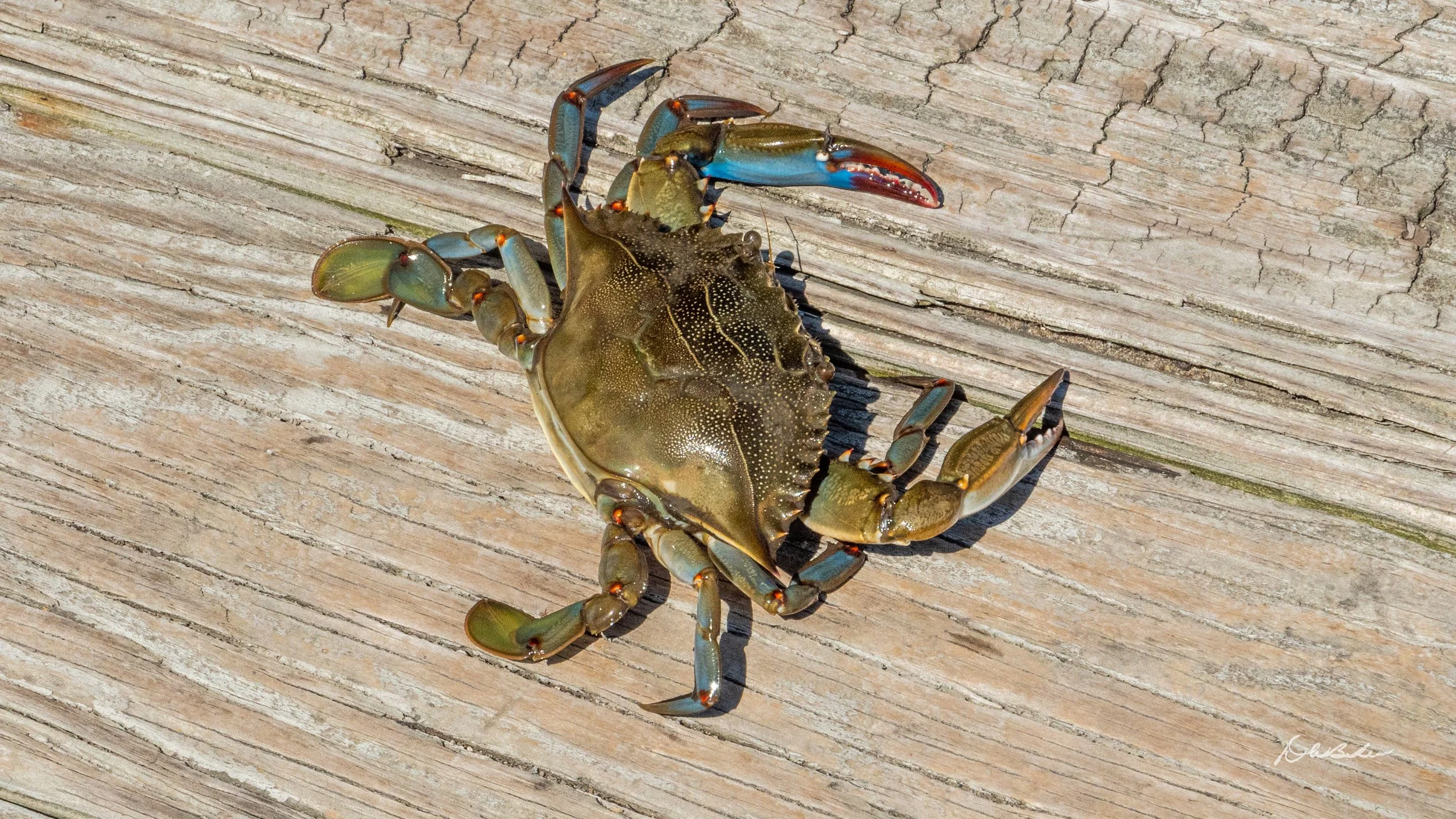Barnegat Bay
On the west side of Long Beach Island lies Barnegat Bay, a coastal lagoon located along the eastern shore of New Jersey. Known for its rich biodiversity and scenic beauty, it serves as an essential habitat for a variety of marine life, including fish, shellfish, and migratory birds. Its waters and surrounding marshlands play a crucial role in the local ecosystem, supporting both commercial and recreational activities while contributing to the region's environmental health. The image above is a typical view of the marshlands with two of its most common inhabitants, Herring gulls.
Several species of terns are drawn to the shallow waters of the bay as well. On today’s outing, a good number of Forster’s terns were spotted plying the waters for small fish such as Killifish, Silverside’s, and menhaden.
Osprey family on Barnegat Bay
As mentioned in the last post, Ospreys have made the bay a regular nesting area and were here as expected raising their new chicks. Many smaller birds like the smallest of our shorebirds, the Least sandpiper, are also found along the margins of the bay. The Least sandpiper will be found during the summer months foraging for food in the form of worms, crustaceans, and insects along the beaches and mudflats. As the summer wanes and temperatures become cooler, the Least sandpiper will form flocks with others of his breed and head south to the southern states (we’ll see him in Florida this winter), Mexico and Central and norther South America. Just another reminder how some of our smallest birds can migrate thousands of miles each year.
Least sandpiper
Blue claw crab
But avian life is not the only form of fauna to be found along the bay. Blue claw crab are abundant in the bay during the summer months. these crabs thrive in shallower areas with soft 'muddy bottoms. Along the bayshore, wherever there is a fishing pier you will find folks out with their crab traps trying to catch these savory shellfish. The scientific name “Callinectes sapidus” is the perfect moniker. Calli means beautiful, nectes meaning swimmer, and sapidus meaning savory.
Seaside dragonet
Many of the posts in Naturally Digital feature odonates or dragonflies. This beauty is perfectly suited for today’s blog as it was found along the shore of the bay and is called a Seaside dragonlet. As the name would imply, this dragonfly is found mainly along coastal marshes, mangrove swamps, and alkaline lakes of eastern North America. It is the only dragonfly in the western hemisphere that can breed successfully in saltwater.
Next we have a fascinating jelly fish called the Bay Nettle. Bay nettle (Cnidaria: Scyphozoa: Chrysaora) is a species of jellyfish commonly found in coastal waters of the western Atlantic Ocean including Barnegat Bay. Recognizable by its distinctive brownish-violet bell and long, trailing tentacles, the Bay nettle poses a mild stinging threat to swimmers due to its nematocysts, which deliver venom to capture prey and deter predators. Typically thriving in warmer months, these jellyfish contribute to the marine ecosystem by feeding on small fish and plankton, while also serving as prey for larger species. This individual was swimming next to a piling along one of the canals that populate Long Beach Island.
And last but not least, we have to remember that all of nature is not necessarily living organisms. We were reminded of the power of nature on our last night when several very strong thunderstorms rolled across the island putting on quite a show. Sadly, I did not get the chance to photograph any individual lightning bolts, but did capture the sky being illuminated over the southern part of Long Beach Island. It was continually lighting up the sky with flashes about every 10 seconds for almost 15 straight minutes. Some of nature’s most powerful and dangerous displays can also be some of her most beautiful.
Lightning flash over Long Beach Island off Barnegat Bay






